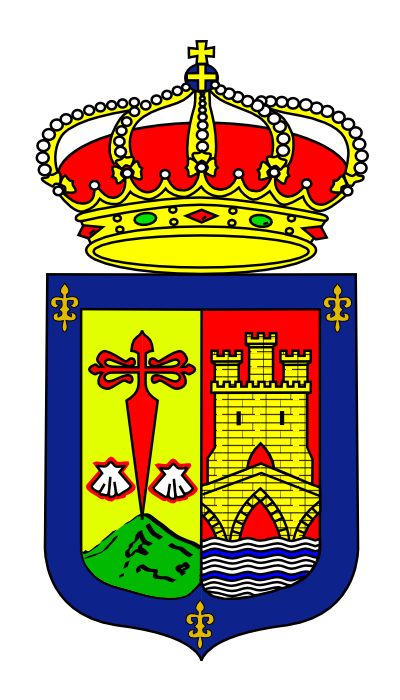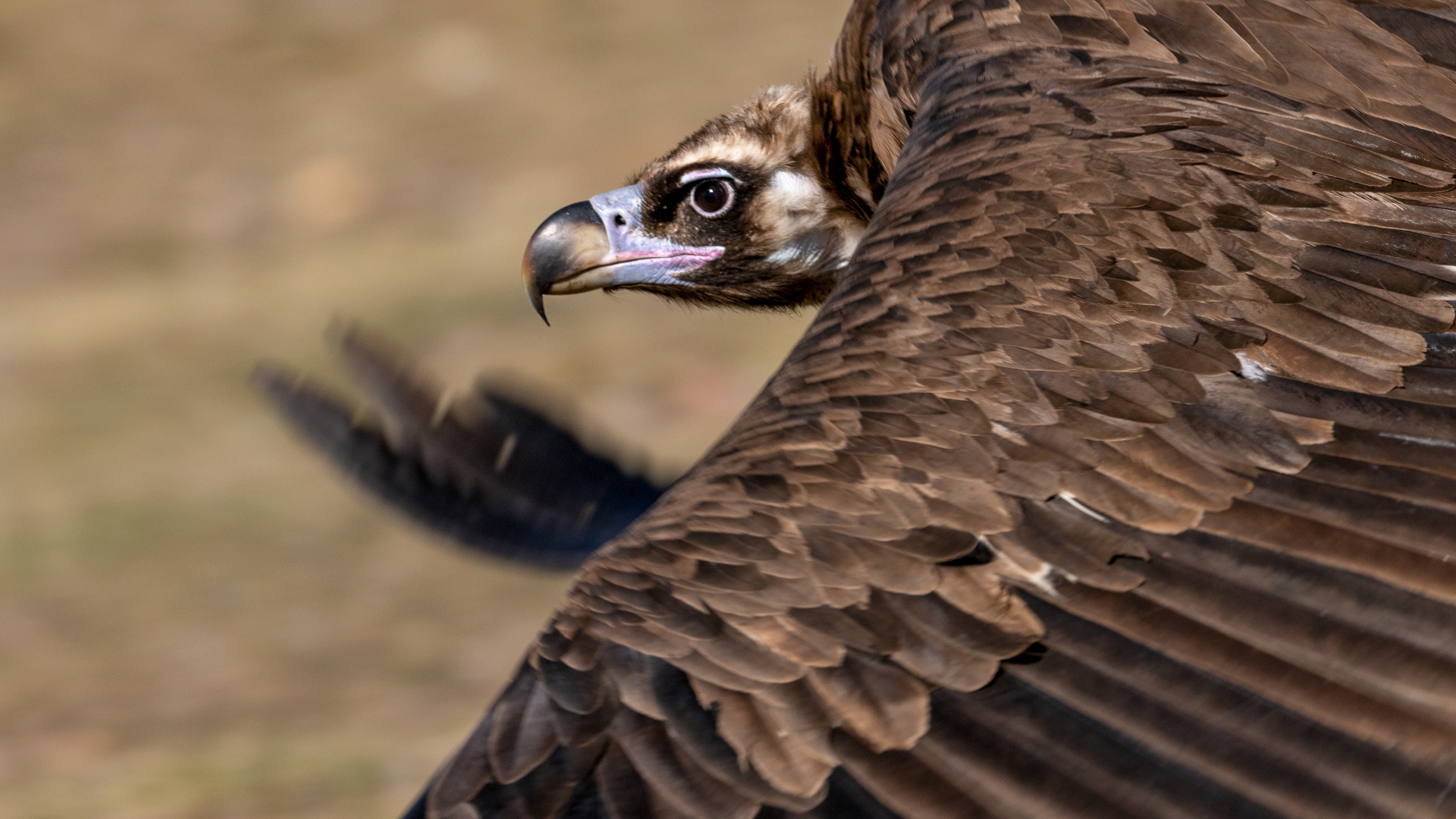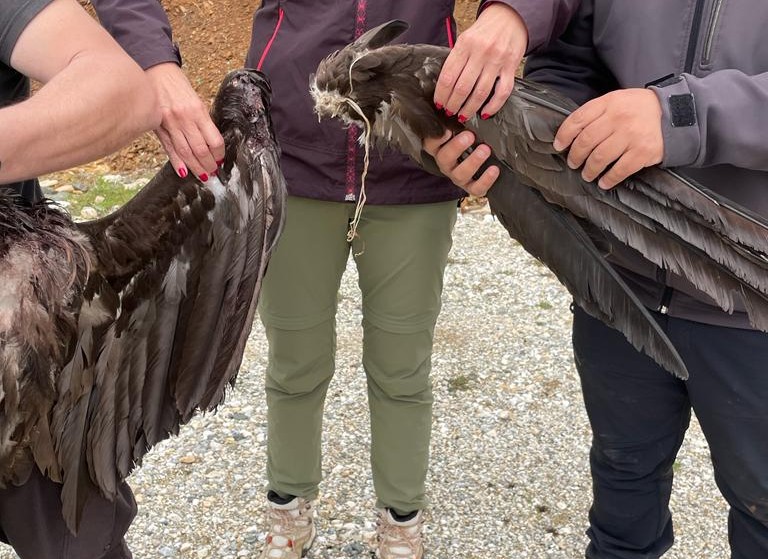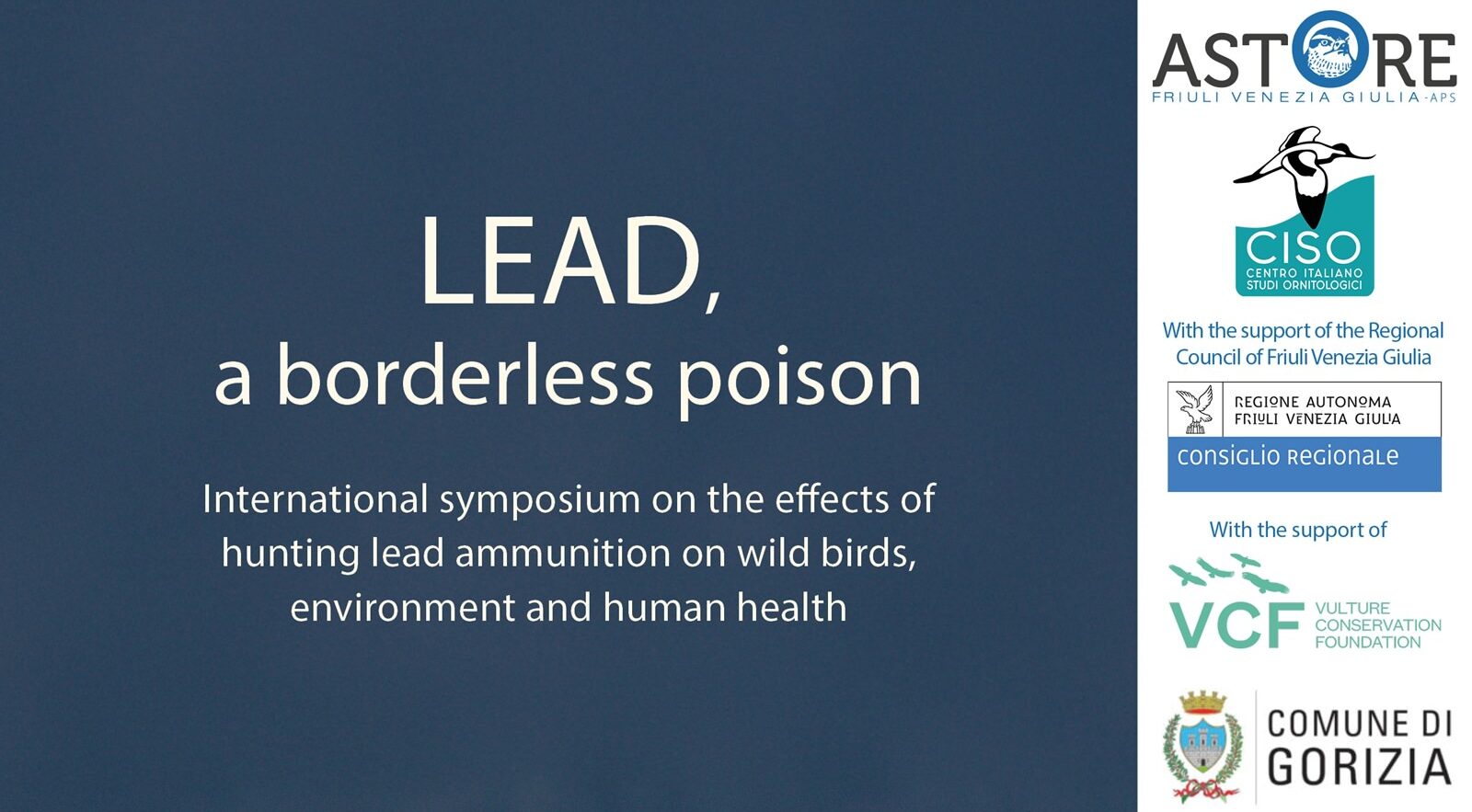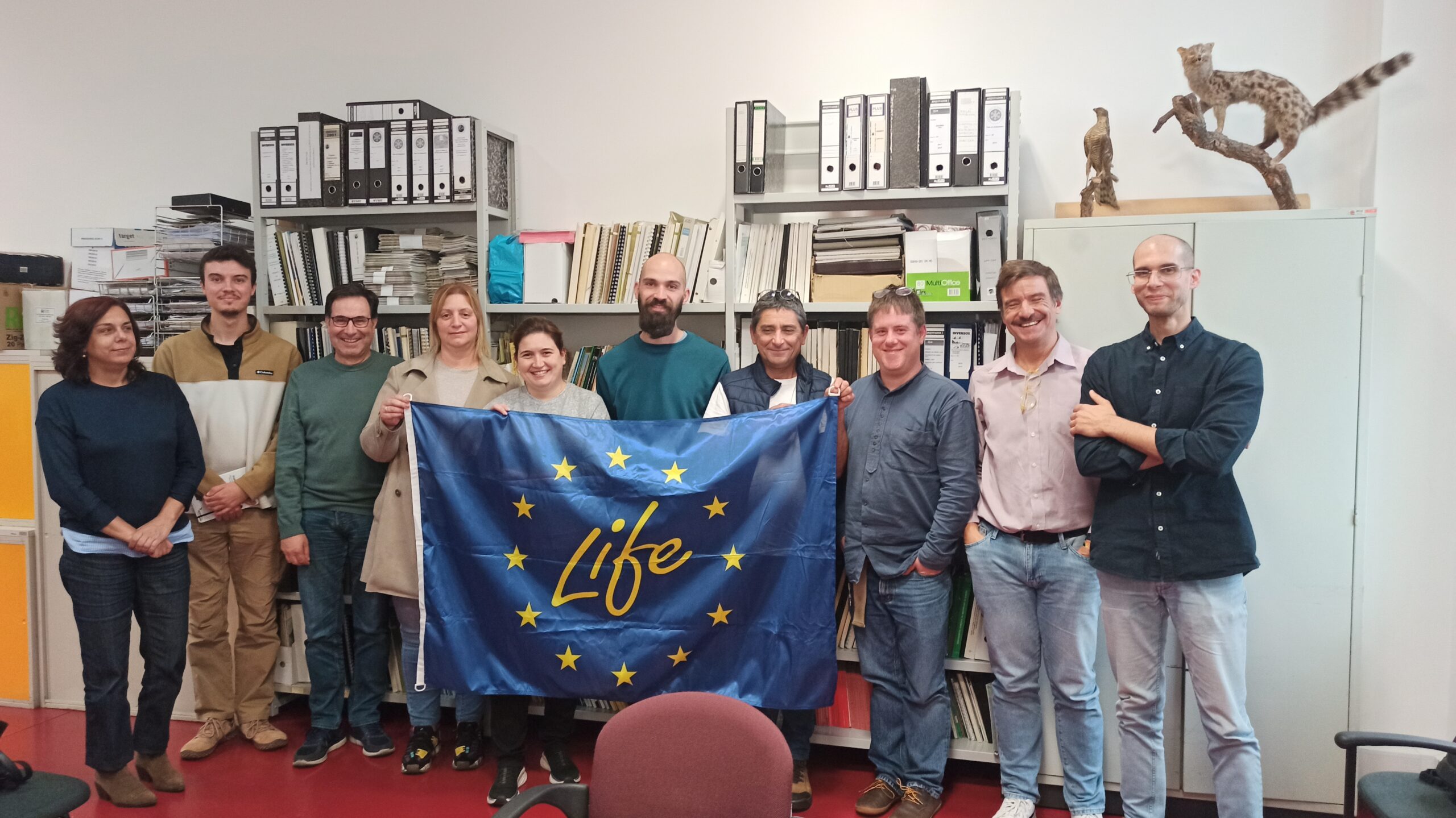A weakened Cinereous Vulture was discovered by a roadside in Italy and, after a challenging rescue, was rehabilitated at a local wildlife center. The bird, traced back to Spain and a rare sight in Italy, was released with a GPS tag but sadly died soon after release, after having returned all the way to… Spain. The story underscores the importance of international cooperation and clear protocols in wildlife conservation, especially for endangered species.
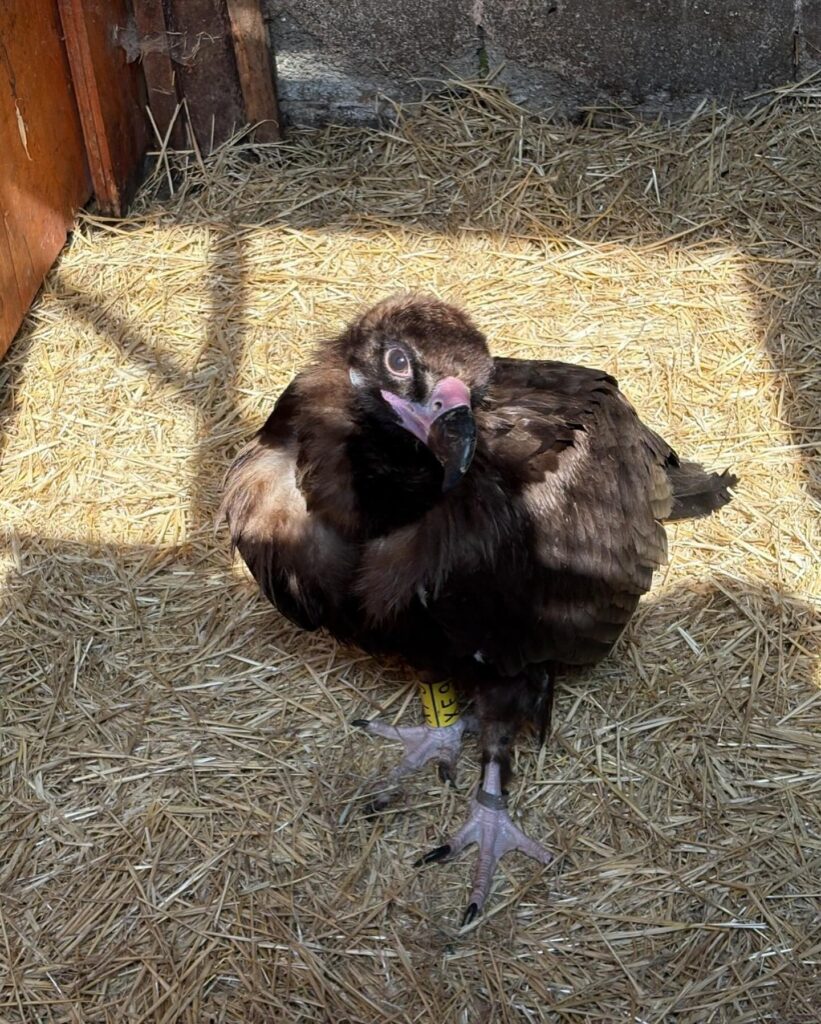
A challenging rescue
At the end of May, a citizen signalled a Cinereous Vulture (Aegypius monachus) perched on the edges of a road near Lake Sampeyre (North west Italy). A road is not a usual nor a safe place for a vulture to take a rest. In addition, the vulture, equipped only with identification rings, stayed in the same spot too long for a healthy animal. The Maritime Alps conservation service contacted the Carabinieri Forestali and the Bernezzo Wildlife Rescue Centre to capture and care for the animal.
The first capture attempt was unsuccessful. The weather conditions were unfavourable, with a storm raging on, and the animal still had enough energy to fly a few hundred meters away from the rescue team. A few days later, they made a second – successful – attempt. The first health check revealed that the vulture was weak and severely underweight. The successful rescue activated the international Cinereous Vulture expert network that contributed to the identification of the bird, tracing its origin back to Spain.
A rare sight in Italy
Meanwhile, at the CRAS Bernezzo Wildlife Rescue Centre, the Cinereous Vulture started its recovery journey. The veterinary check-up did not show any sign of illness or intoxication, confirming that the bird was only severely malnourished.
The vulture quickly became a local star since the species is considered extinct in Italy. Cinereous Vultures once bred in several parts of the country. However, populations declined to the point of extinction, due to threats like poisoning, habitat destruction, and food scarcity. The last known breeding pair in Sardinia disappeared by the 1960s.
An unfortunate ending
After a few months under the care of CRAS Bernezzo, the vulture was ready to fly again. It was locally renamed Remigio after the founder of the Wildlife Rescue Centre and equipped with a GPS tag to follow his future movements. On August 18, the Cinereous Vulture was released.
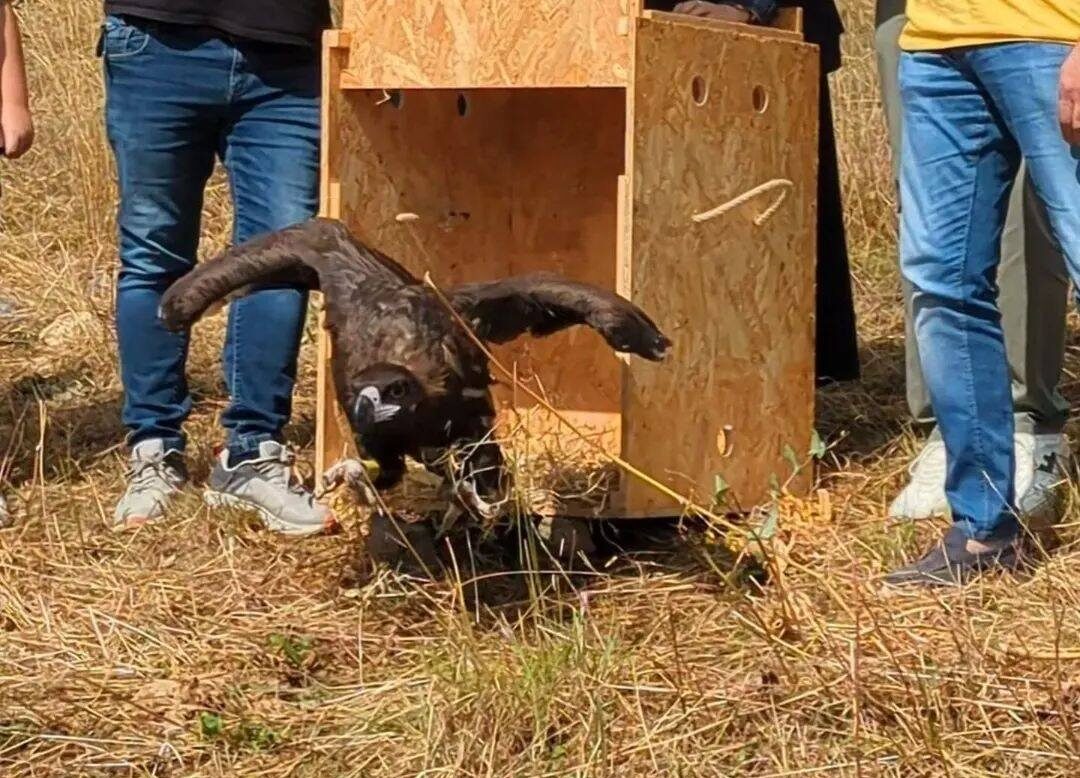
The team followed the vulture’s movement for the following month, until the GPS showed that it spent a few days in the same place, without moving. Alarmed by this unusual behaviour, they alerted the international network. This time, the Cinereous Vulture was all the way back in Spain, in the La Rioja region, in eastern Spain.
The local authorities swiftly deployed a rescue team to the GPS location. Unfortunately, when they found the bird, it was already dead. Nothing on the scene suggested a poisoning accident, but the protocol in Spain is clear: the corpse must undergo a necropsy to identify the causes of death. The case is still under investigation.
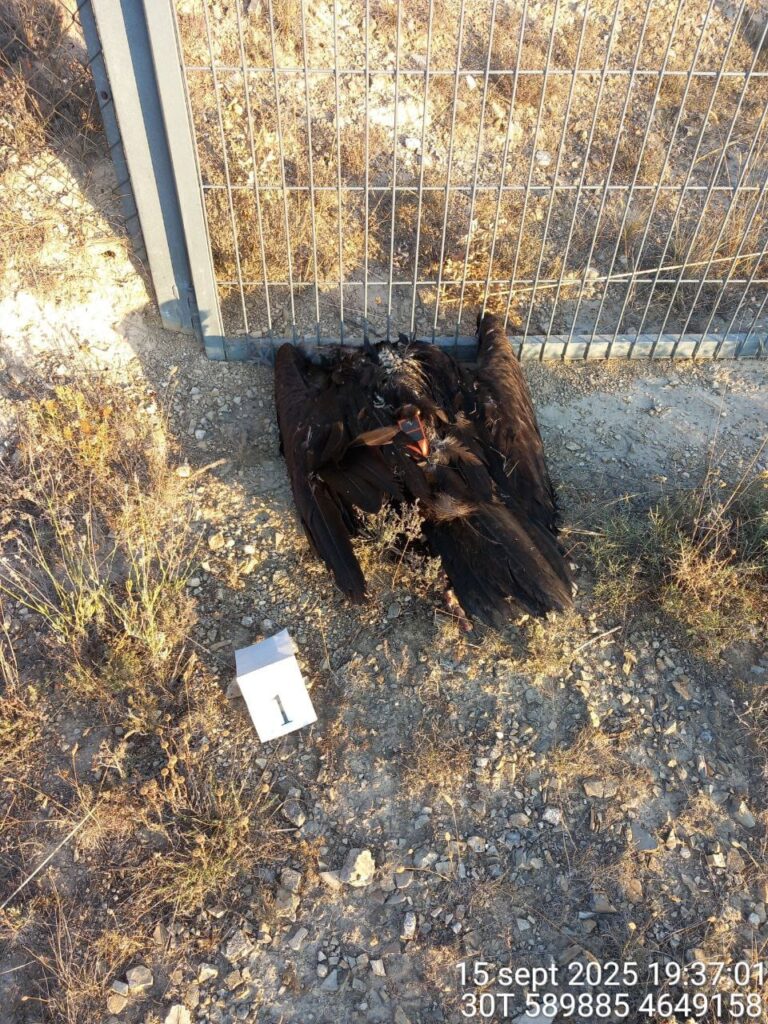
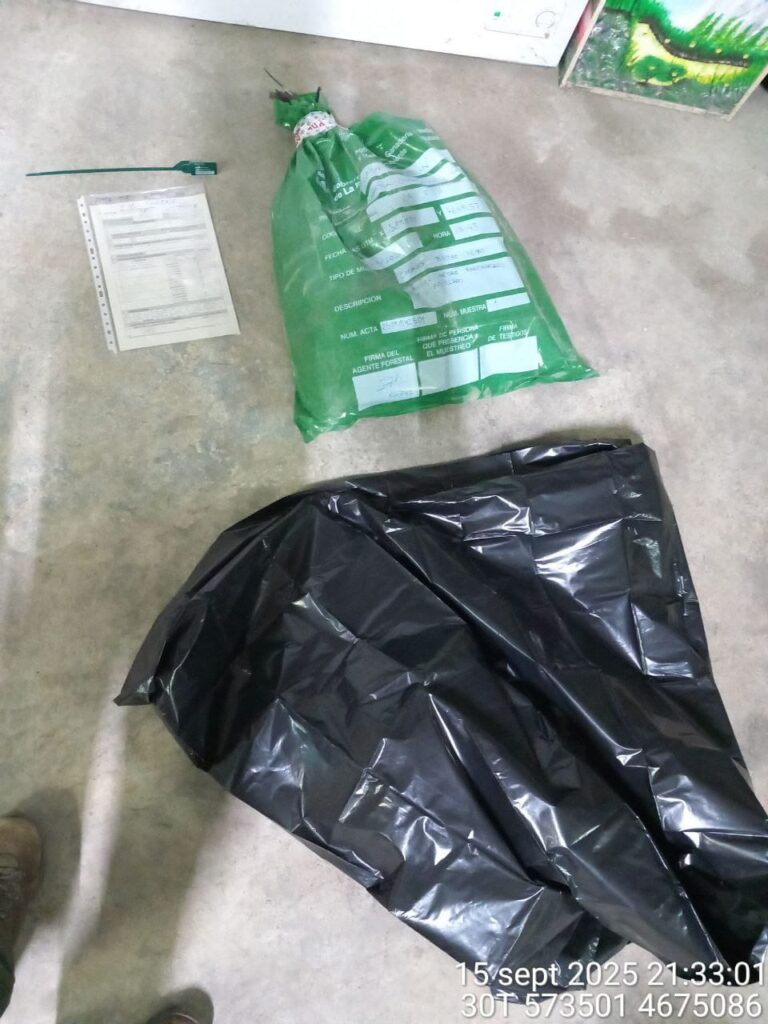
An important lesson
Even though this story does not have a happy ending, it highlights the role of protocols and international collaboration in vulture conservation. They are especially crucial for rescue missions and suspected poisoning cases. In these cases, time is a vital variable that makes the difference between life and death. Clearly defining roles, timelines, and tasks, these guidelines ensure a coordinated response across borders. Thanks to these protocols, Spain has become one of Europe’s leading countries in vulture conservation.
Every rescued animal, whether it survives or not, adds to our understanding and strengthens our resolve to protect these magnificent birds. This story reminds us that conservation is an ongoing effort—and that every life, every action, and every lesson learned matters. This time Remigio did not survive – but the information obtained, the networks established and the protocols followed will help strengthen vulture populations in the future!


